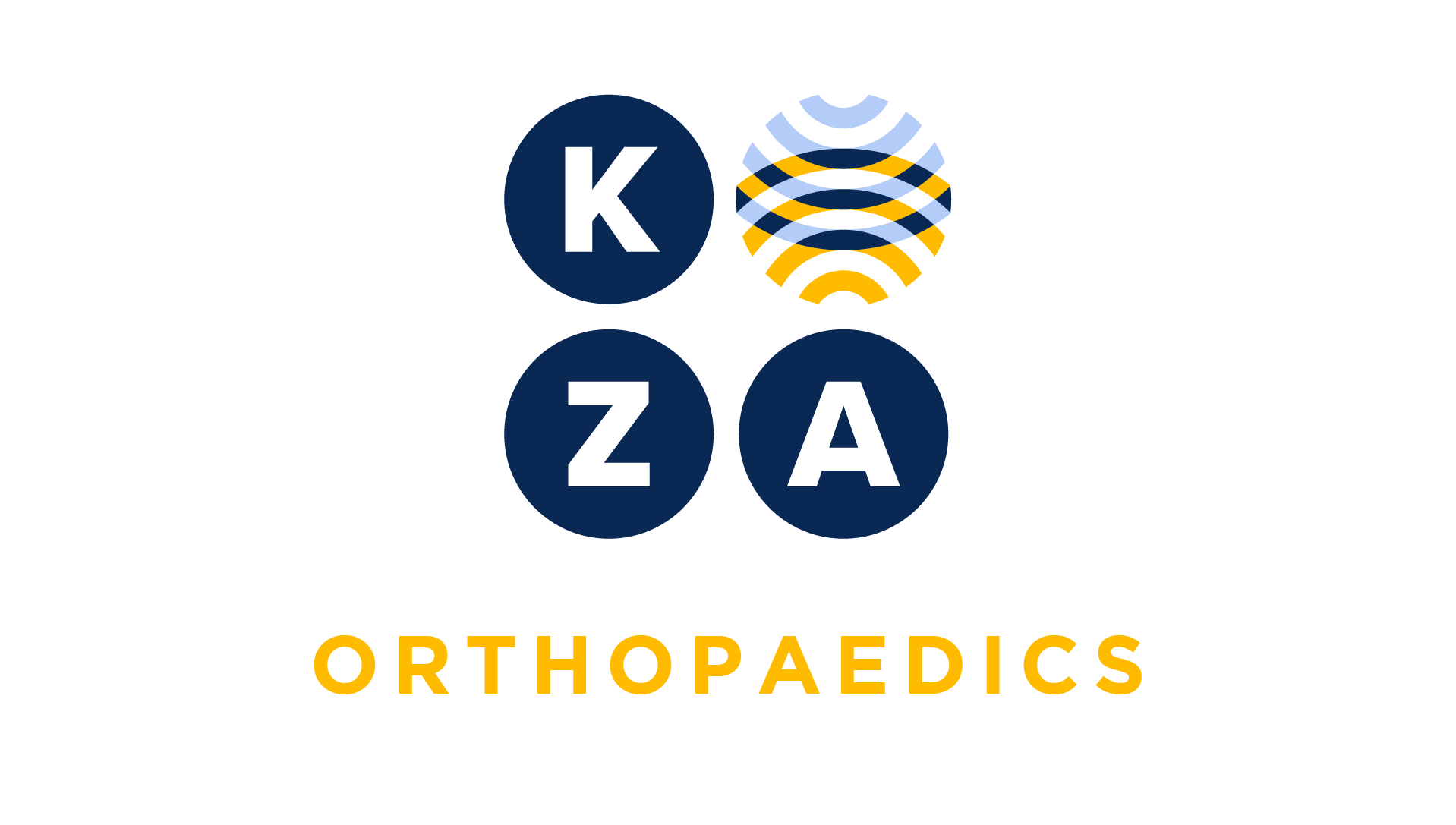
Choose your specialty from the list below to see how our experts have tackled a wide range of client questions.
Looking for something specific? Utilize our search feature by typing in a key word!
Trigger Finger Injection
Which CPT code is used 20550 or 20551 for a trigger finger /A1 pulley injection?
Question:
Which CPT code is used 20550 or 20551 for a trigger finger /A1 pulley injection?
Answer:
CPT code 20550 defines an injection to a single tendon sheath, or ligament, aponeurosis (eg, plantar “fascia”).
CPT code 20551 defines an injection to single tendon at the origin/insertion site.
Trigger finger injections are most commonly given to the flexor tendon, supporting CPT code 20550.
*This response is based on the best information available as of 09/03/20.
Meniscal Repair and Meniscectomy
Can I bill for a medial meniscus repair and a lateral meniscus meniscectomy done on the same knee? I see CMS has an NCCI edit between the two codes, 29881 and 29882.
Question:
Can I bill for a medial meniscus repair and a lateral meniscus meniscectomy done on the same knee? I see CMS has an NCCI edit between the two codes, 29881 and 29882.
Answer:
Yes, you may report both codes and append modifier 59 to indicate the procedures were performed on different anatomic sites. CPT, AAOS, and NCCI consider the compartments of the knee to be distinct anatomic structures.
*This response is based on the best information available as of 03/05/20
Dislocation CPT Codes: Traumatic vs Non-traumatic
Is it appropriate to report CPT code 28645 for both traumatic and non-traumatic dislocations?
Question:
Is it appropriate to report CPT code 28645 for both traumatic and non-traumatic dislocations?
Answer:
Yes, CPT code 28645 (Open treatment of metatarsophalangeal joint dislocation, includes internal fixation, when performed) may be reported whether the nature of the dislocation is traumatic or non-traumatic, as long as the dislocation required an open treatment. The diagnosis code will differentiate the condition as traumatic or non-traumatic.
Four CPT codes exist for the treatment of metatarsophalangeal joint dislocations. Report the appropriate code based on the type of treatment:28630: Closed treatment, no anesthesia required28635: Closed treatment, anesthesia required28636: Percutaneous treatment, with manipulation28645: Open treatment, with internal fixation, when performed
*This response is based on the best information available as of 01/09/20.
Periacetabular Osteotomy
We have a new pediatric orthopaedic surgeon who has joined our practice. He recently performed periacetabular osteotomies for hip dysplasia. He wants us to report CPT codes 27228 and
Question:
We have a new pediatric orthopaedic surgeon who has joined our practice. He recently performed periacetabular osteotomies for hip dysplasia. He wants us to report CPT codes 27228 and 27146 x3 for this procedure based on information he received during his fellowship training. We have told him that we must report an unlisted CPT code. Will you advise if we can report the codes he suggests, or is the unlisted CPT code correct?
Answer:
There are two options to report this service based on whether the payor follows Medicare rules or not:
- From a CPT standpoint, the correct Category I CPT code is 27299 (Unlisted procedure, pelvis or hip joint).
- A Level III HCPCS code exists (S2115 Osteotomy, periacetabular, with internal fixation) for payors who recognize S codes; Medicare does not recognize these level three codes. These codes were commonly referred to as “local codes” and are not published in the CPT manual.
CPT code 27228 (Open treatment of acetabular fracture(s) involving anterior and posterior (two) columns, includes T-fracture and both column fracture with complete articular detachment, or single column or transverse fracture with associated acetabular wall fracture, with internal fixation) is incorrect, as the physician is not treating a fracture.
CPT code 27146 (Osteotomy, iliac, acetabular or innominate bone;) is also incorrect, as the surgeon is not performing a single osteotomy of any one of these bones; the surgeon is performing multiple osteotomies, or cuts in the acetabulum.
*This response is based on the best information available as of 12/05/19.
E/M and Fracture Manipulation
We have joined a new health system and the coding staff members (new to orthopaedics) are removing all E/M-57 services when reported with a fracture manipulation code. The coding staff…
Question:
We have joined a new health system and the coding staff members (new to orthopaedics) are removing all E/M-57 services when reported with a fracture manipulation code. The coding staff members are stating these are inclusive to the fracture, as the physician has to evaluate the patient to determine if the fracture needs manipulation. After many conversations, they agreed to hear from others on whether or not the E/M is separately reportable.
Answer:
Congratulations to your team for working with and educating the new coding team to the world of orthopaedics.
If the documentation supports the E/M service, it is reportable when assessing a fracture that resultantly requires manipulation.
The patient may present with a known fracture (or not). The physician must evaluate the patient to determine the nature of the injury. X-rays are typically ordered and interpreted, or reviewed if taken at an outside facility. The physician diagnoses the fracture as displaced requiring manipulation, whether it will be treated with closed or open reduction. The E/M service associated with evaluating a patient with a fracture is not included in global fracture care.
Append modifier 57 to the E/M CPT code if the treatment of the fracture is performed on the same day or the day following the E/M service.Note, although CPT rules call for using modifier 57 when you are protecting an E/M service performed for a procedure with a 90 day global period, some payors may instead require modifier 25 when the fracture treatment does not require taking the patient to the OR.
*This response is based on the best information available as of 10/17/19.
Hematoma I&D with Fasciotomy
Our surgeon performed an I&D of a hematoma in the same compartment as an anterior and lateral fasciotomy in the leg for compartment syndrome. I submitted a code for the I&D in…
Question:
Our surgeon performed an I&D of a hematoma in the same compartment as an anterior and lateral fasciotomy in the leg for compartment syndrome. I submitted a code for the I&D in addition to the fasciotomy code and the surgeon removed the I&D code, stating it would be inclusive to the fasciotomy. I don’t feel this is correct. Is the I&D inclusive?
Answer:
KZA agrees with the surgeon based upon the information presented in your scenario. The drainage of a hematoma in the same compartment(s) as the fasciotomy is inclusive to the fasciotomy code(s).
*This response is based on the best information available as of 10/03/19.

